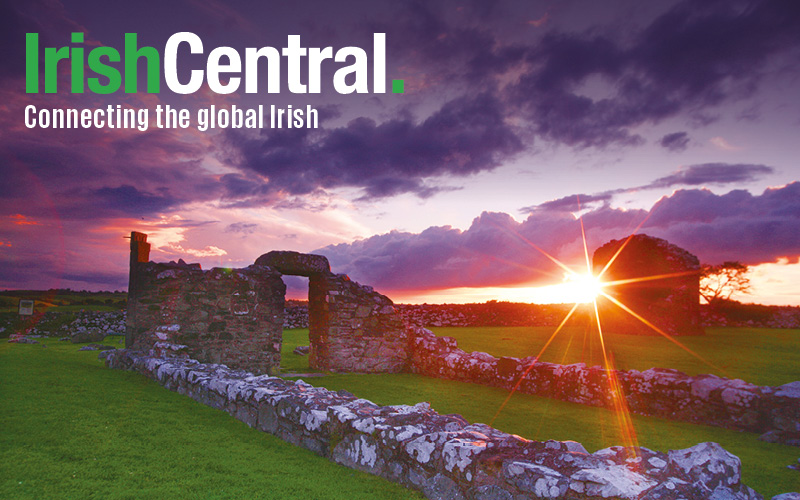Findmypast is working in partnership with IrishCentral to share fascinating insights into your Irish ancestors. Click here to get a special half price subscription, and discover your Irish roots today.
For many of us, the journey and exploration into creating your family tree is the best part of genealogy. It is exciting to be searching through thousands of records and discovering an ancestor or revealing a connection that you never knew was there before. To help you move past the stage of just adding names to your story you could use social histories and directories to create three dimensional sketches of your ancestors. Social histories go that step beyond your basic birth, marriage and death records. If you find your ancestor in a social history record, you begin to create a more colourful portrait of your relative and can explain what happened during their lives, the years in between birth, marriage and death. On Findmypast you’ll find a remarkable selection of these records.
One of the most well-known guides to 19th century Ireland is George Bassett’s county guides. They were topographical surveys of counties organised by townlands. They included a history of each town in the county and then directories of farmers, tradesmen, merchants and more. Bassett described in precise detail the geography of the town, including any mills or factories, railroads, each church or chapel and schools. In some cases he would detail the history of these buildings. Even if your ancestor’s name is not found in these guides, Bassett can set the scene for you. You will be able to envision your ancestor’s school or where they shopped for groceries.
Directories, such as Pettigrew & Oulton's Dublin Almanac & General Register of Ireland, 1835-1845, can add value to your family tree. Even though they are not as descriptive of the land as Bassett, they do offer you a snapshot of the people of the area, what occupations were available and the size of the town. Pettigrew & Oulton’s register was unique because it listed inhabitants street by street as well as the names of those involved in local institutions, societies and clubs. The street directory is important if your family moved often, you can keep track of them as they moved to new homes. Also, if you find your ancestor in a club or society you will begin to understand more about their social life and priorities.
An example of using directories to find your ancestors is that of James Nicholson of Greenore, County Louth. On Findmypast his birth records shows that he was born in 1877, but instead of stopping there we continued forward and found him in both George Bassett’s Louth County Guide and Directory (1886) and then again in Slater's Royal National Directory of Ireland (1894) working as railway traffic manager for the Dundalk, Newry and Greenore Railway. A further description found in Slater’s directory describes the railway, ‘This place within the last few years, has rapidly sprung into importance, and is the terminal station of the Newry, Greenore and Dundalk line of the London and North Western railway, that portion between Dundalk and Greenore having been opened on May 1st, 1873, and that from Newry to Greenore on August 1st, 1876.’ These sources have given us a better appreciation for Nicholson’s livelihood and a greater understanding of Greenore.
Social histories of Irish people are not limited to Ireland. Findmypast has a unique collection of records and publications from Scotch-Irish societies in Kentucky, California and Canada, such as the records from the general meeting in Canada in 1891 and membership lists. Some detail the impact of the Scotch-Irish on the formation of the US government and their patriotism. In another, Irish Soldiers in Every Land, you will find stories of military excellence from Irish people in Canada, Russia, Ireland and America. Stories about the Irish people can be found in small local histories of places like County of Antigonish in Nova Scotia or Peterborough, New Hampshire. The Genealogical and Personal History of Western Pennsylvania tells the story of early Irish pioneers of the State. These local histories are usually created to mark an anniversary or centenary.
Other ways to add more colour or dimensions to your family tree would be to use newspapers. In the papers you can research your family name, but also the town where your family came from. Explore the social histories and directories collections on Findmypast today and discover even more about your family tree than you knew before.
For more stories on tracing your Irish heritage from Findmypast click here.




Comments